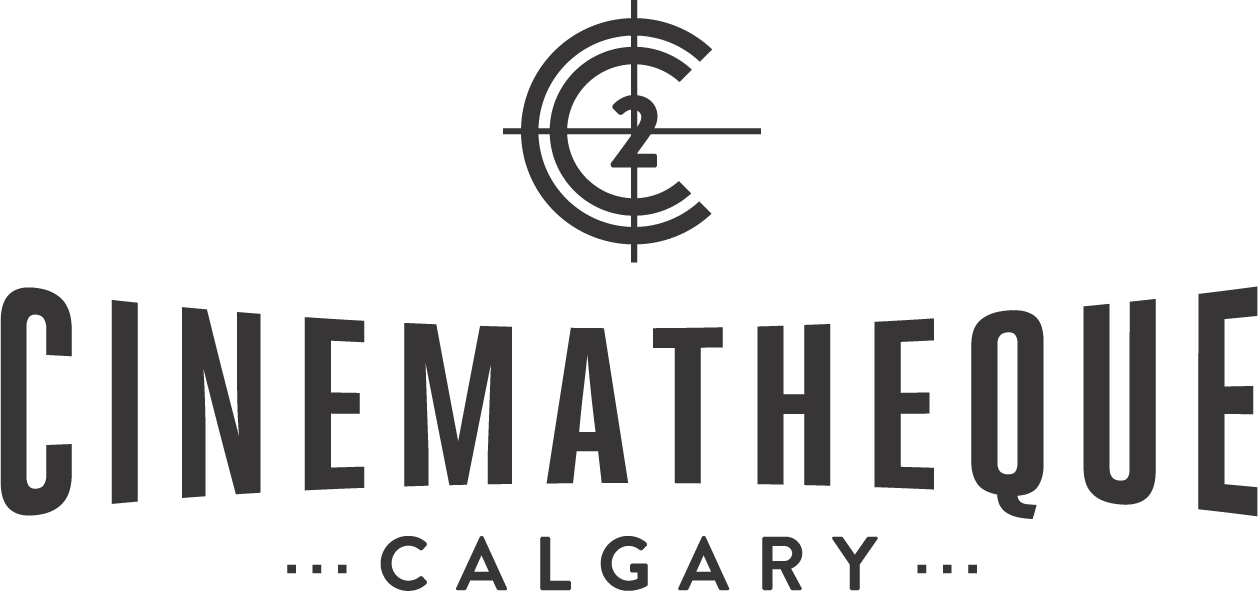A Second Look: Derek Jarman's 'The Last of England' still potent
A protest against Thatcher-era Britain, the 1987 film, is one of the late filmmaker's boldest experiments.
Aesthetics and politics were inseparable for the British filmmaker Derek Jarman, whose life fed his art and vice versa. It is perhaps no surprise that "The Last of England" (1987), one of his most deeply personal films, is also one of his most fiercely political.
No one did protest cinema quite like Jarman, an outspoken activist with no discernible interest in issue movies. Especially in the final stretch of his career, during which his imminent death became an inevitable focus of his work (he died of complications from AIDS in 1994 at 52), Jarman cultivated a voice entirely his own, both lyrical and lucid, brimming with wit and fury.
A full-throttle state-of-the-nation broadside against Thatcher-era Britain, "The Last of England" ranks among Jarman's boldest aesthetic experiments. The film is essentially a dense patchwork of Super-8 footage, transferred to video for editing and processing and then back to 35-millimeter film. Alongside nostalgic home movies mostly shot by Jarman's father (an air force pilot during World War II) are nightmarish vignettes, set under radioactive skies and amid vistas of post-industrial ruin.
From the startling opening sequence, which involves a hunky young man stomping on and getting aroused by a Caravaggio painting of a cupid, the film has the power of a trance. Eschewing narrative development in favor of atmospheric sweep, Jarman charts a mysterious course through a blasted post-apocalyptic world populated by an ominous masked militia and masses of huddled refugees.
The music ranges from Elgar to Marianne Faithfull; an occasional voiceover, by turns mournful and angry, further colors the mood, with quotations from Allen Ginsberg's"Howl" and T.S. Eliot's "The Waste Land," both of which could serve as alternate titles. ("The Last of England" is named after a mid-19th century Ford Madox Brown painting that depicts a family's emigration by sea — a scene echoed in the final moments of Jarman's film.)
As with all his best work, "The Last of England" crystallizes Jarman's contradictions: equal parts punk and dandy, a radical traditionalist. Despite being known as a provocateur, he cherished the most quintessential of British treasures (Shakespeare, Britten), and he drew openly on the example of previous generations.
His flair for the baroque calls to mind such British filmmakers as Michael Powell and Ken Russell (who hired him to design the sets of "The Devils"). Credited as a founding father of what would be called the New Queer Cinema, Jarman self-consciously situated himself in a larger, sometimes subterranean queer history, one that extended from Caravaggio to Pier Paolo Pasolini.
Jarman learned he was HIV-positive while making "The Last of England," and the film, with its visual and verbal imagery of shortening days and looming winters ("the world curling up like an autumn leaf"), is unavoidably a memento mori. (It also bears the chill of '80s nuclear paranoia.) But by the time it concludes, with Tilda Swinton's grieving bride in the throes of a frenzied danse macabre, the mood is more defiant than despairing.
Of Jarman's features, "The Last of England" remains perhaps his richest and most open-ended, the one that most rewards repeat encounters. The filmmaker himself said he had made it for an active audience. "I have my own ideas, but they are not the beginning or the end," he said. "The film is the fact — perhaps the only fact — of my life."
- Dennis Lim
